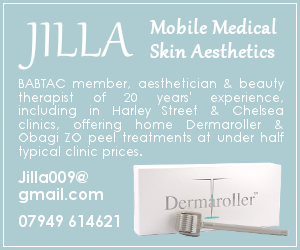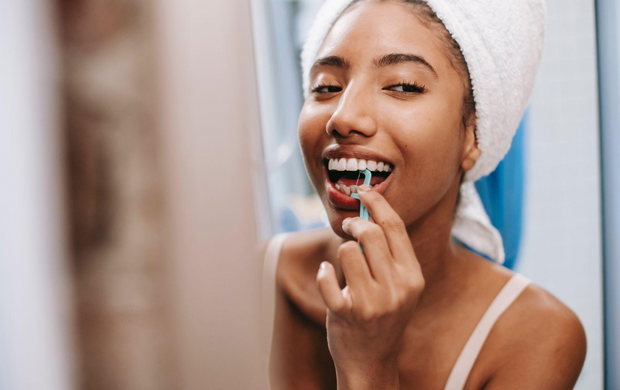Beyond purely repairing and maintaining oral health alone, today’s increasing variety of available cosmetic and functional enhancement options allows patients to tailor their enhanced smile makeovers to match individual beauty ideals. High-tech modern dentistry capabilities have elevated the possibilities considerably.
However, balancing benefits against sensitivities, costs and lifetime commitments requires careful thought upfront to determine expectations and limitations realistically from a variety of essential treatment areas. What are people looking for? And how you can deliver it?
Fundamental Pain-Free Care Treatment Experiences
While people who don’t go very often might assume that you can’t have a visit to the dentist without some discomfort, families looking for preventative hygiene appointments and check-up examinations put as high a value on safeguarding children’s teeth as they do pain-free experiences and gentler paediatric techniques to comfort the anxious young patients. It’s also the case that a lot of adults no longer tolerate sharp scratching sensations or prolonged sessions in the chair. So, modern practices must invest heavily ensuring in-chair comfort exceeds expectations.
Invest In Patient Comfort Technology
From computerised anaesthetic delivery systems metering drugs precisely through calming in-suite entertainment options to ergonomic dental chairs – today’s dentists can use advanced technologies sensitively to reach greater patient comfort levels. This can really help to retain patients and attract new ones too. People can be hesitant about invasive procedures like tooth extractions or deep cleanings, but you can put them at ease. Leverage the latest tech to ensure that patients relax through sessions ahead.
Conservative, Minimally Invasive Treatment
Seeking to sustain beautiful smiles beyond single appointment quick-fixes alone, proactive dentistry emphasises preventative philosophies to safeguard the original tooth structures through conservative repair and educating patients about homecare health. This will reduce the reliance on periodic restorative renovations that we used to think were inevitable. Modern practices focus on preventative periodontal cleanings, protective sealant applications and micro-intervention restorations, and closely monitoring changes so that excessive drilling and grinding tooth matter should be the absolute last resort.
Aesthetic Treatment Transformations
It’s fair to say that no perfect smiles exist – but big transformations are possible through dentistry. Merging foundational necessities with elective beautifications successfully means compassionately managing your patient’s wishes against reality, and using high-tech options judiciously. Discussions navigating limitations and possibilities to determine the outcome that best matches their goals. You can learn more with aesthetic dentistry courses. Taking a diploma in Aesthetic & Restorative Dentistry at London Dental Institute will give you the knowledge and skills you need to stay up to date with the latest developments. Get in touch with their team to find out more.
Teeth Whitening Brightness
From subtle natural whitening through moderately powered bleaching onto transformative new high-intensity light-activated systems – home maintained, or professionally supervised options are now available for all budgets. They can safely brighten smiles several shades lighter to meet the beauty standards we now have. It’s always better when applied treatments are tailored to the patient, professionally checked and factoring health considerations before proceeding judiciously for damage protection.
Orthodontic Alignment Improvements
Discreet clear aligner treatment is constantly evolving, improving aesthetics gently without unsightly metal braces that we all used to use, and which can put people off trying to straighten their teeth. But realistically, not all complex misalignments can be repositioned through polymer plastic options alone. So, beyond explaining what can and can’t be achieved with invisible aligners, consult experienced orthodontists to talk through augmentation needs when clinically necessary. Take care to explain the situation to your patients.
Financial Support Assistance
The cost of living has hit everyone hard, and the cost of reconstructive dental work can be incredibly expensive. It is particularly the case when it involves extensive prosthetic rehabilitations or full mouth teeth extractions into implant fixtures replacements. Employ considerate finance consultants to help ease funding burdens.
Dental Insurance Schemes
Navigate suitable payment options, whether that’s utilising discount dental insurance schemes to spread out-of-pocket expenses, or private financial medical credit lines with customers who qualify to help people to pay for their necessary healthcare. Enable access beyond limitations through caring consultations.
Downstream Maintenance Commitments
Whether discussing months between ongoing orthodontic realignment adjustments, warranty-protected replacement of cracked ceramic crowns/veneers, or simply emphasising the importance of the six monthly hygienist visits to prevent deeper issues – make sure that new patients understand their downstream commitments. Explain that these are important if they want to see the results that they want. Set realistic expectations around the longer responsibilities required to enjoy healthy teeth, so that everyone is happy with the results.
In Summary
People seek increasingly personalised treatment packages to match their unique cosmetic visions, and they want them to be affordable. They also want compassionate practitioner partnerships, where treatment will be explained with empathy. They want to know what they need to do afterwards to keep their teeth healthy. So, modern dentists must put more importance on balancing both their clinical excellence and wellness-guided standards. They need to be open to financial funding discussions to remove barriers and enable wider access to treatment. A sense of balance helps both the dentist and the patient best.








